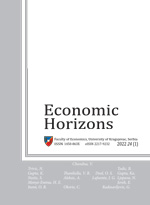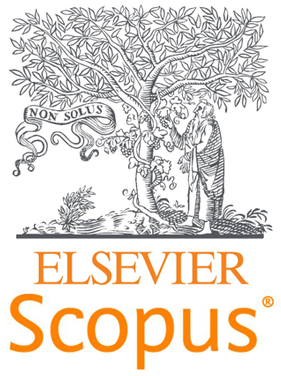EXCHANGE RATE AS AN INSTRUMENT OF ECONOMIC POLICY - EXPERIENCE OF EASTERN ASIA COUNTRIES
Natasa Milenkovic
Graduate School of International Economics, Megatrend University, Belgrade, Serbia
The main driver of growth in virtually all economies that have achieved rapid growth in recent decades, especially Asian economies, were investment and exports. There is a general agreement that export expansion represents the most effective way for Serbia’s economic recovery. The experience of Asian countries, those with rapid growth, can provide guidelines on how the precarious condition of the Serbian economy can be improved to a certain extent. The exchange rate is an instrument of the economic policy that simultaneously affects both the investment and exports of a country, and is the one easier to run than many other factors of growth and development. Several indicators indicate the importance of the exchange rate as an instrument of the economic policy in increasing exports and investments in Serbia. These are, first, the extremely positive experiences of Eastern Asia economies, whose exchange rate policies are the opposite to that of Serbia, the weakness of the domestic market, indicating the necessity of an increase in exports, and thirdly, the extremely low competitiveness of the Serbian enterprises and its economy.
Keywords: exchange rate, foreign trade, competitiveness, economic growth, Serbian economy
JEL Classification: E42, E52, O24




